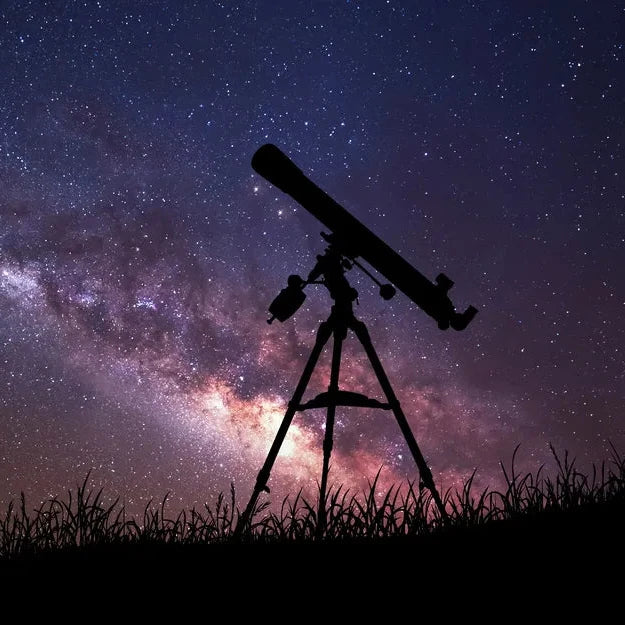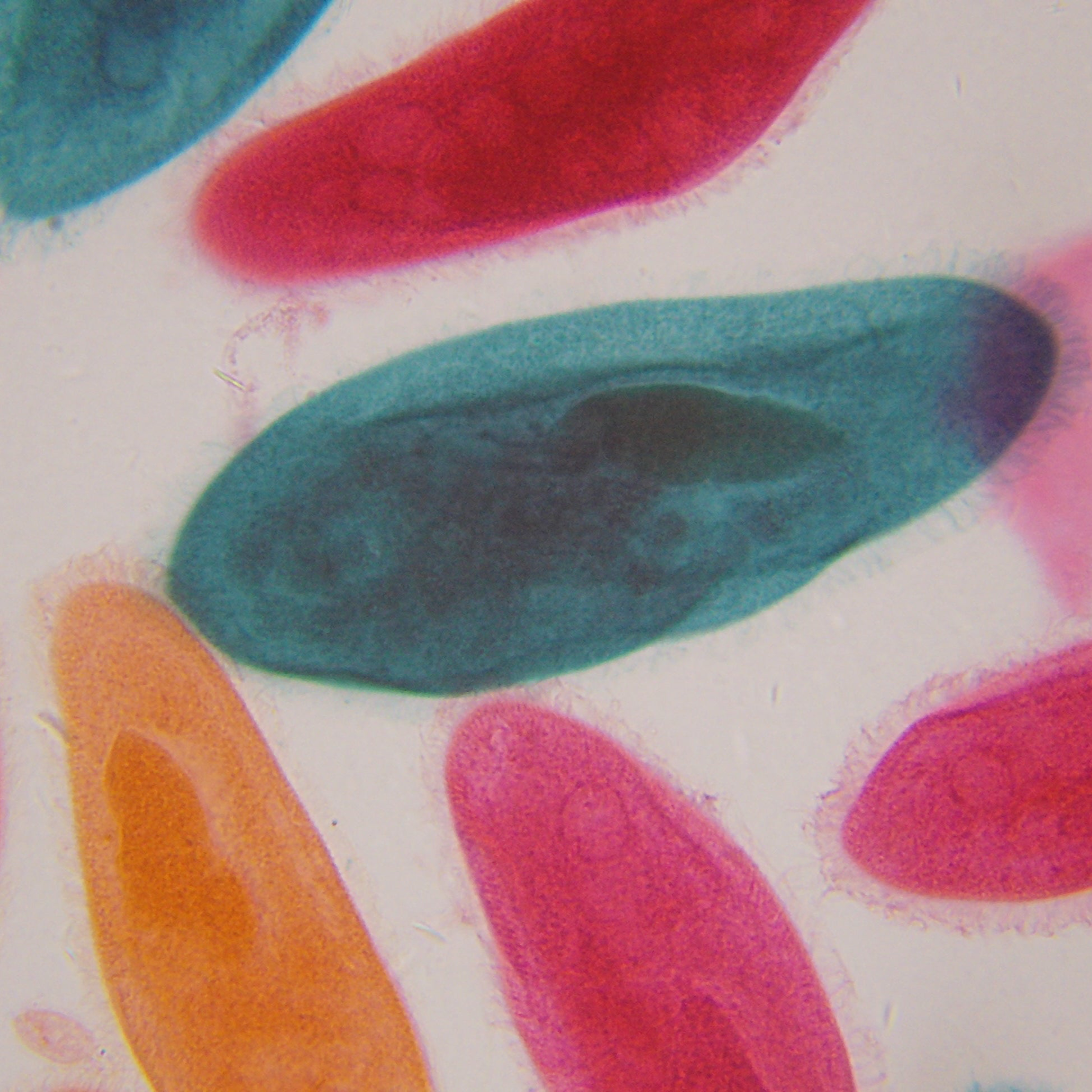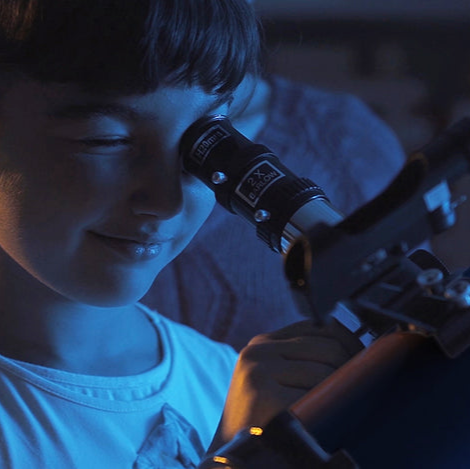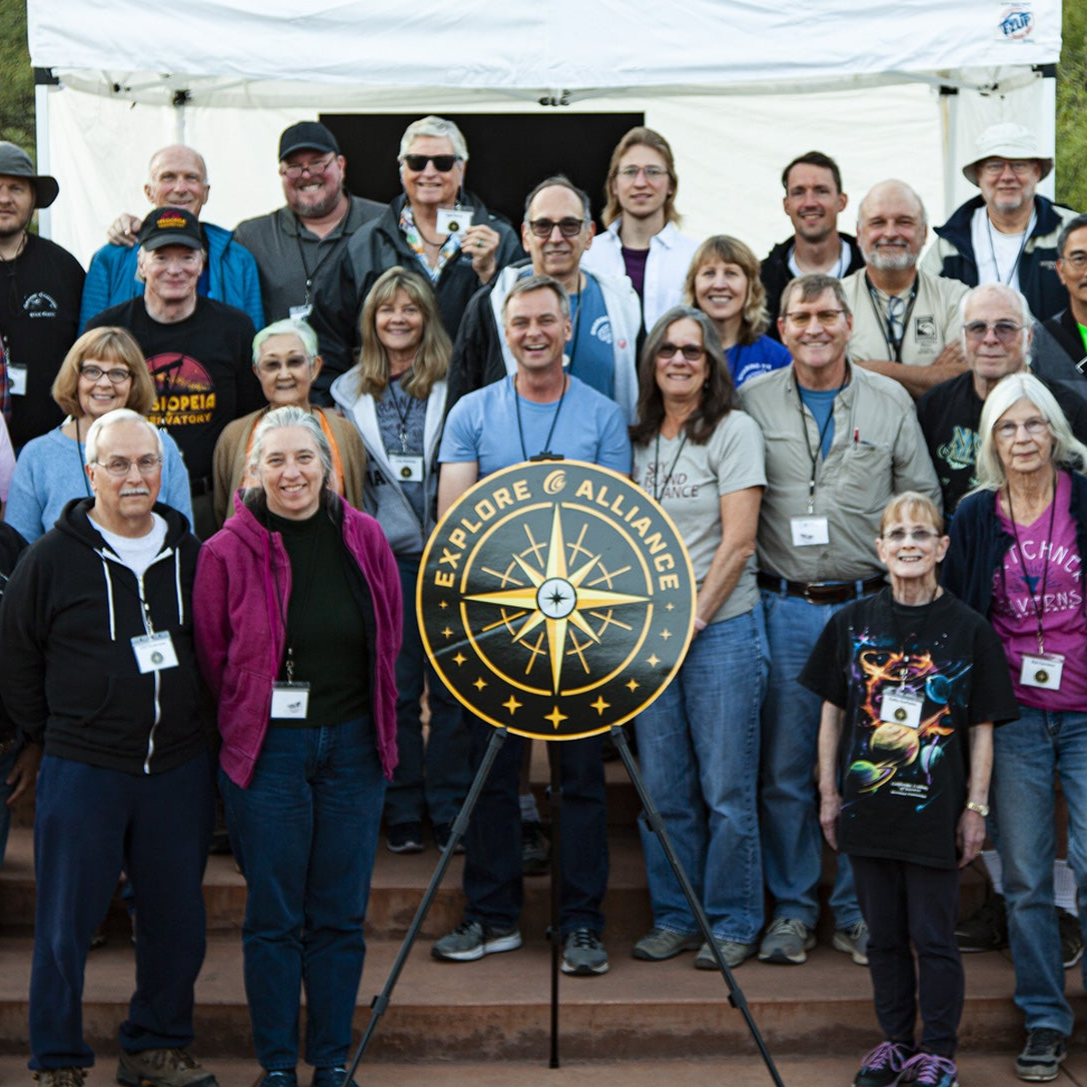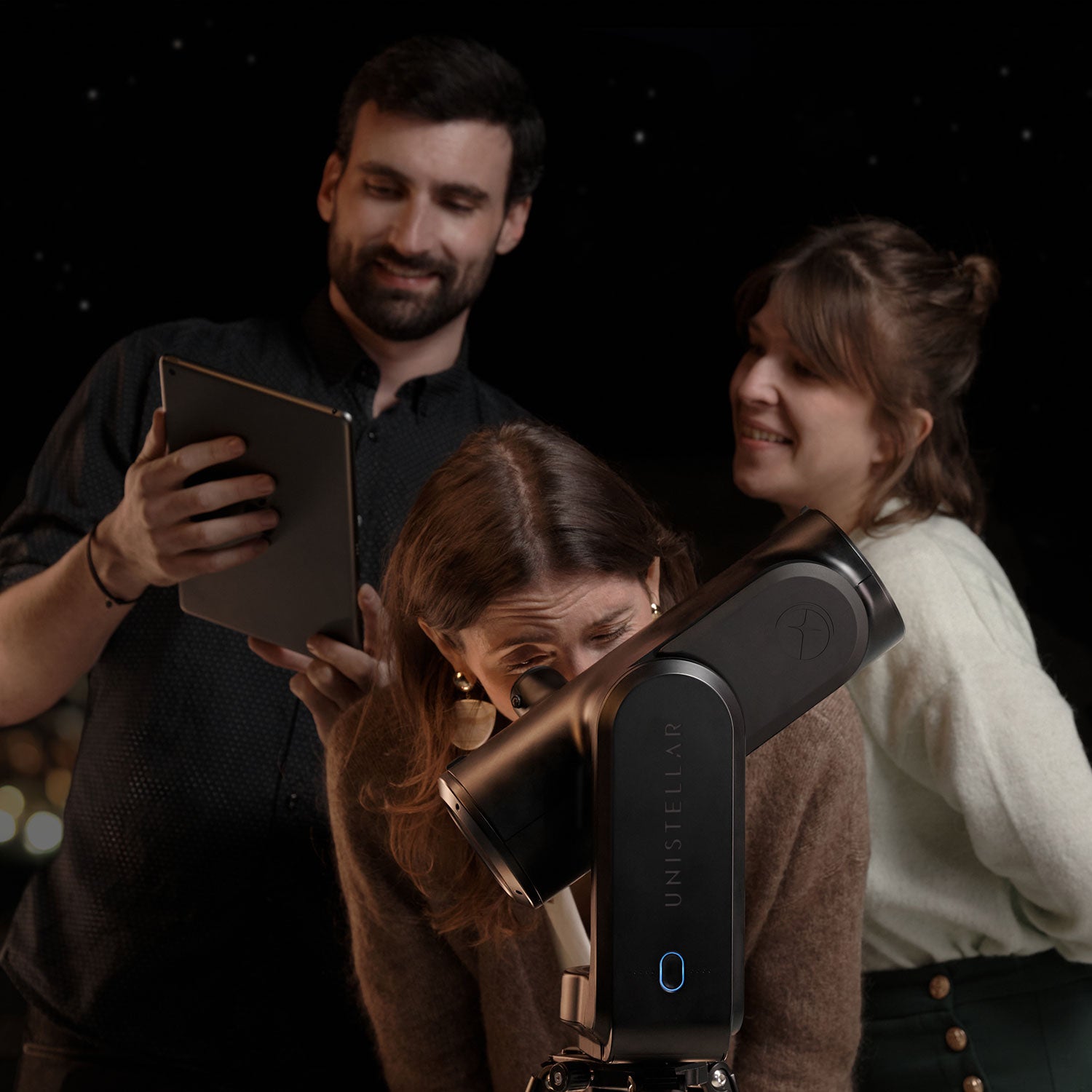Explore Alliance Ambassadors - Doug Berger

International Astronomy Day
The Founder of International Astronomy Day, Doug Berger, gives a rare interview on the 45th Global Star Party
Doug Berger is a notable figure in the field of amateur astronomy, primarily recognized for his significant contribution as the founder of Astronomy Day. His impact on the astronomy community is profound and well-documented through his initiatives to make astronomy more accessible to the public.
In the early 1970s, Berger was serving as the president of the Astronomical Association of Northern California. It was during his tenure in this role that he conceived the idea of Astronomy Day. Berger observed that many people had never experienced the awe-inspiring view of the night sky through a telescope. Recognizing an opportunity to foster a broader public interest in astronomy and to demystify the science behind celestial phenomena, he proposed an event that would engage the community and provide an introduction to the wonders of the universe.
The first Astronomy Day was organized under Berger's guidance in 1973. The event aimed to bring astronomy to the people, setting up telescopes in highly trafficked locations such as city streets and parks to maximize public engagement. The concept was simple yet effective: by making telescopes accessible to the public, Astronomy Day allowed individuals to observe celestial objects such as the Moon, planets, and stars, sparking interest and curiosity about the universe beyond our planet.
Berger's vision for Astronomy Day was rooted in his belief in the importance of public science education and his passion for amateur astronomy. By creating an event that encouraged professional and amateur astronomers to collaborate, he helped bridge the gap between the scientific community and the general public. Astronomy Day became a bi-annual event, celebrated internationally in both the spring and fall, aligning with optimal viewing conditions offered by the first quarter Moon.
Under Berger's influence, Astronomy Day grew from a local event to an international celebration, with observatories, planetariums, universities, and amateur astronomy clubs worldwide participating. Activities expanded to include not only telescope viewing sessions but also planetarium shows, astronomy workshops, guest lectures, and educational programs for all ages.
As an amateur astronomer based in Union City, California, Berger independently discovered Comet Kobayashi-Berger-Milon in 1975 on July 5, 1975, just a few days after its initial discovery by Toru Kobayashi near Fukui, Japan, on July 2, and shortly before Denis Milon's observation in Mount Washburn, Wyoming, on July 7. The comet, formally designated as Kobayashi-Berger-Milon, was characterized by Milon as having a 7.5 magnitude, appearing diffuse with condensation, and exhibiting a coma diameter of 10'. Although initially reported without a tail, subsequent observations at the Lick Observatory revealed a short tail less than 1° in length.
Berger's discovery was reported to the International Astronomical Union's Central Bureau for Astronomical Telegrams (CBAT), where it was confirmed alongside the observations made by Kobayashi and Milon. This collaborative and independent series of discoveries showcases the vital role of amateur astronomers in contributing to our understanding of the cosmos.
Doug Berger's legacy is embedded in the ongoing success of Astronomy Day. Through his initiative, he has inspired countless individuals to look up at the night sky with wonder and curiosity. His contribution to popularizing astronomy has made it a more accessible and engaging science for people around the globe, embodying the spirit that science is for everyone. Berger's work serves as a reminder of the power of passion and community in promoting scientific literacy and appreciation.
Links
- Astronomy Day on the Astronomical League Website
- Astronomy Day on Wikipedia
- Astronomy Day on the Explore Alliance
- Comet Kobayashi-Berger-Milon 1975H

[Return to Directory of Ambassadors]

